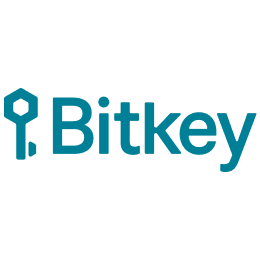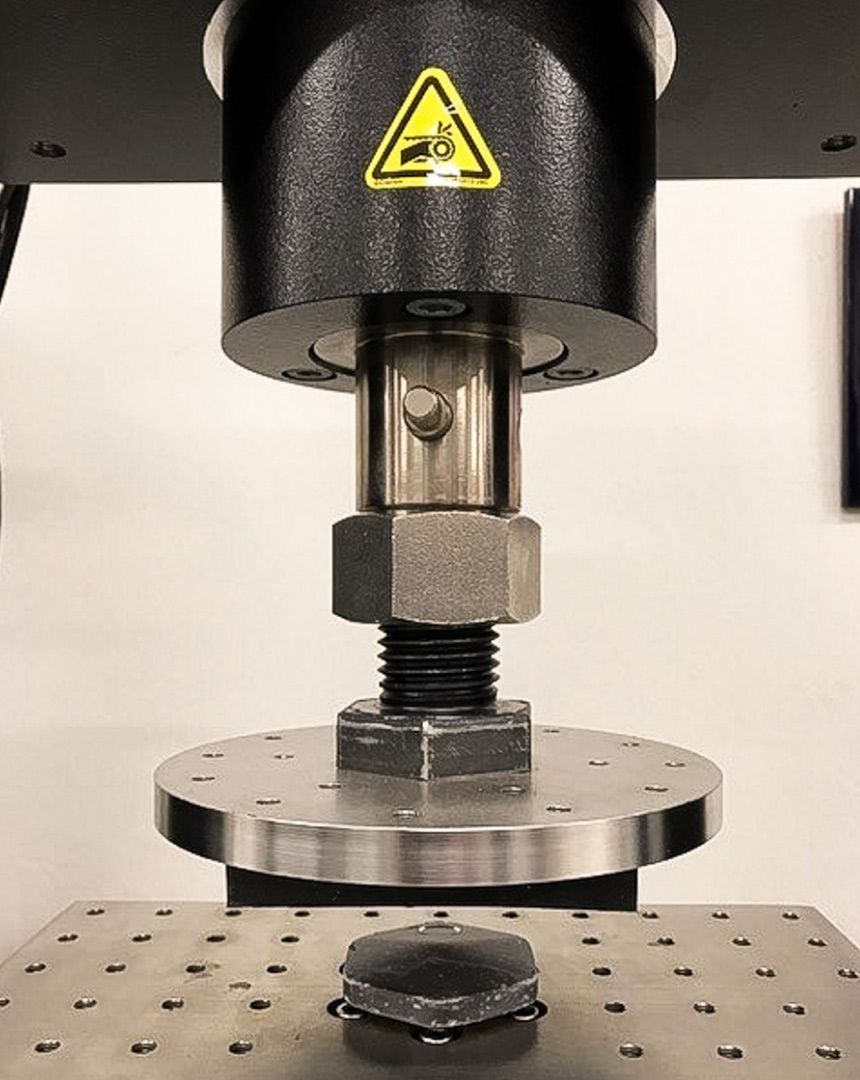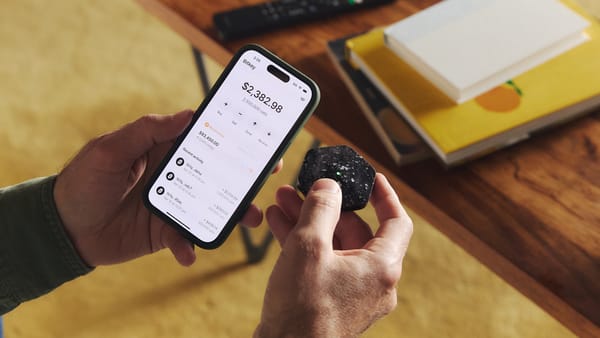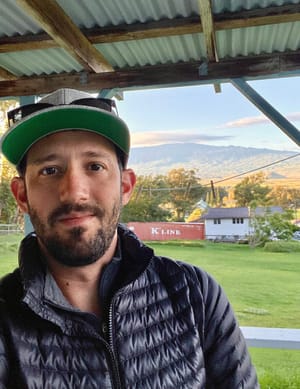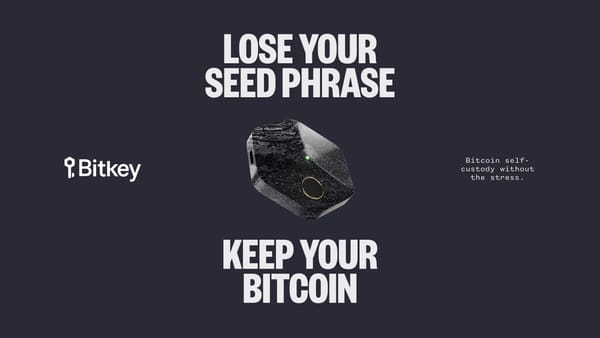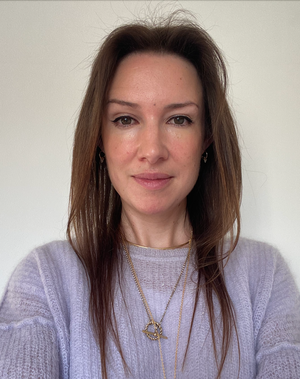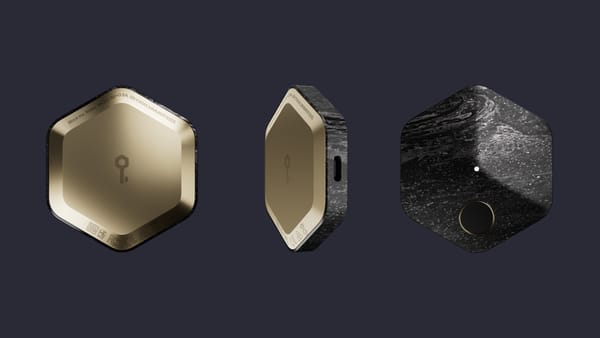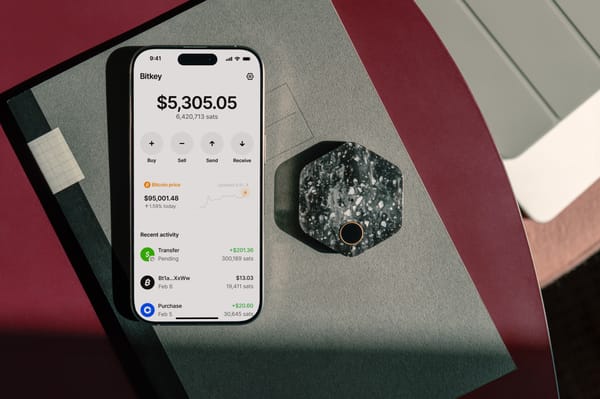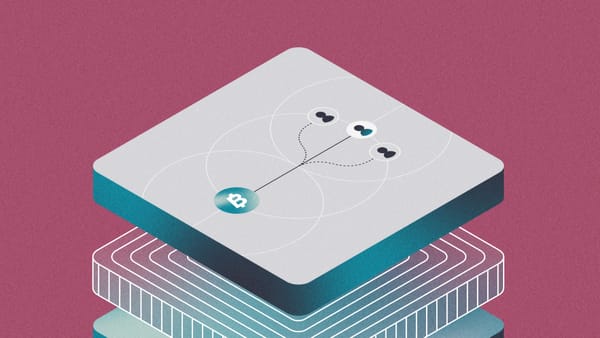We're sending the self-custody wallet that we've built to some of our employees at Block to help us make it better. This is a big step for us in our iterative development, although it does not mean we're done building. We want to find failures at this stage, before our future external customers do – so every failure is a gift. And in addition to the bugs our beta testers will discover, we’re still finishing some features we want to land before bringing external customers in. But we don't wait until things are perfect to get feedback, and we're excited to get the product in the hands of people outside of our team.
What do we hope to find?
With a product that involves hardware, a mobile app, a public web presence, online purchase flow, recovery services that run on our servers, and so many other internal components, there’s a lot of surface area to cover as we validate our implementation. For our internal beta testing, we aren’t trying to cover all of this at once; some things are more important to us at this stage than others.
For example, one of the most important things we want to find right now are issues with the hardware that might not show up in our reliability testing and other validation procedures. And when we find hardware issues, they can take time to diagnose and fix – and can involve changes that take a long time to validate before mass production. People who weren't involved in designing the hardware sometimes use it differently from our engineering team, and the sooner we can discover how users break it, the sooner we can fix things for our future customers.
We also want to find bugs in our software stack. At this stage, that usually means uncovering low-hanging fruit - bugs that are relatively easy to find but can help smooth the experience significantly for an external audience. Fortunately, unlike with the hardware component, anything we miss here can still be fixed relatively easily later.
The internal beta that we’re conducting is also a chance for us to start exercising the operational muscles we need to manage issues that arise in the field – everything from managing communication with customers to testing alert systems we use to detect, diagnose, and fix issues with the recovery services that run on our servers.
Last but not least, we want to hear feedback on the user experience we’ve put together. We’re designing for humans, not robots – and that means it’s critical for us to hear what works well and what doesn’t for a wide range of early users outside of our team. Plus, we’re curious to understand how this product compares in practice to the other tools they’re using to manage their bitcoin: many of our internal beta customers are storing their bitcoin on custodial exchanges today, but some in our employee test population have extensive experience using existing self-custody tools. Additionally, these internal customers have a mix of longer-term investment use cases versus more regularly sending and receiving bitcoin. We look forward to getting feedback from all of these different perspectives.
What's next?
Over the next few weeks, we’ll be giving over 200 Block employees wallet hardware and early access to the mobile app. Our testing group comes from a range of experience levels with bitcoin and different types of wallets, 19 countries, as well as numerous phone models across a nearly-even population of iOS and Android operating systems.
As our testing group onboards and uses the product, we’ll find and fix bugs, and gather and internalize feedback. We’ll work toward our exit criteria - metrics we use to determine when we’ve put enough mileage on the product to expand our audience because it is then both valuable and safe to do so. And along the way, we’ll share some details about our exit criteria, as well as how the beta is going and what we’re learning. After we are finished testing with our internal employees, we will look forward to expanding the number of people who can try out our product, including customers outside the company. In the coming months, we will share details about our external beta and how you can express interest in joining this later stage beta. In the meantime, if you have other questions or feedback, reach us at [email protected], on Twitter, or on nostr.
